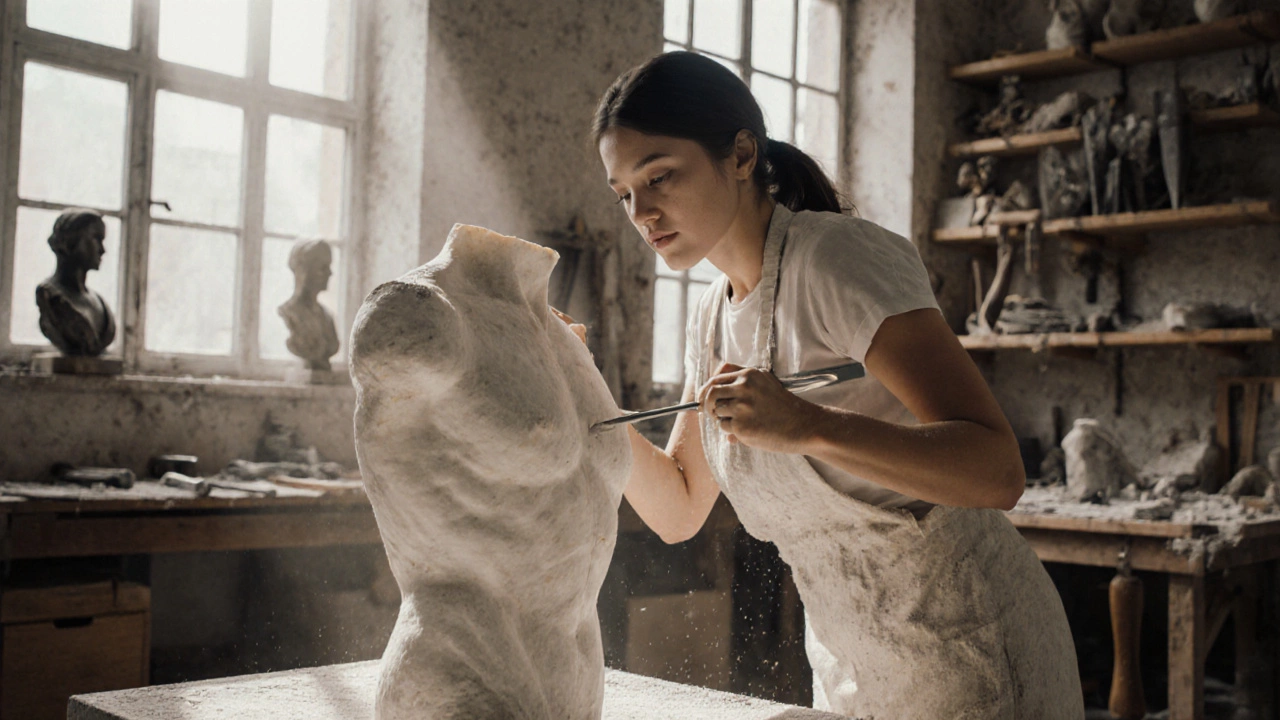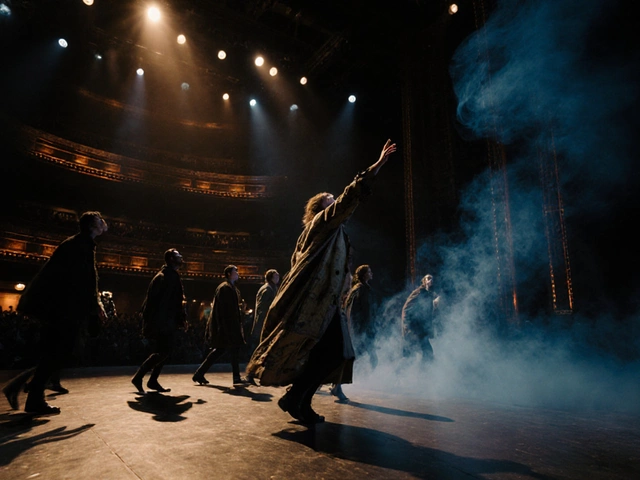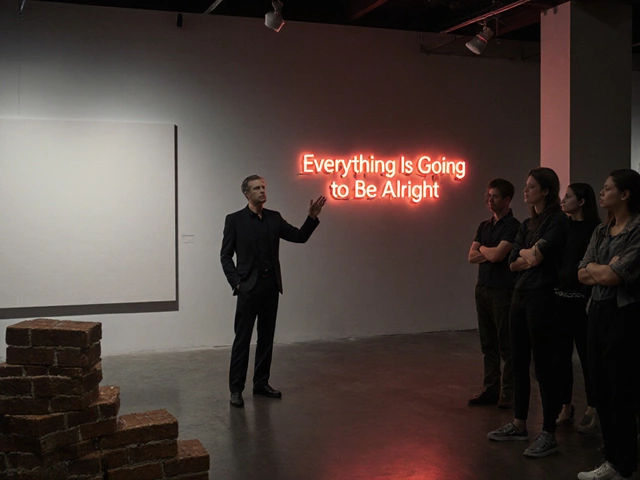Woman Sculptor: Exploring the Craft and Trailblazers
When talking about woman sculptor, an artist who creates three‑dimensional works using materials like clay, stone, metal, or mixed media. Also known as female sculptor, she brings personal perspective to sculpture, a discipline that spans centuries. Mastery often involves sculpture techniques, such as carving, modeling, and casting, each demanding different tools and skills.
Key Areas to Explore
One of the biggest advantages for a woman sculptor today is access to dedicated art education programs that focus on gender‑inclusive curricula. Schools and workshops now teach everything from traditional stone carving to digital 3D printing, giving artists a broader toolkit. The link between education and practice is clear: better training leads to more innovative works, and that, in turn, expands the public’s view of what sculpture can be.
Historical figures illustrate the evolution of the field. Louise Bourgeois used fabric and marble to explore memory and identity, while Barbara Hepworth championed abstract forms that still inspire contemporary creators. Their legacies show that a woman sculptor can shape both aesthetic trends and cultural conversations.
In the studio, the choice of material matters as much as the concept. Clay offers immediacy for rapid modeling, stone provides permanence, and metal enables large‑scale installations that interact with space. Emerging artists also experiment with recycled plastics and bio‑resins, reflecting a shift toward sustainability in contemporary sculpture. Understanding the strengths and limits of each medium is a core part of the sculptor’s toolkit.
Technique and technology intersect in exciting ways. Digital sculpting software lets creators draft complex forms before they ever touch a hammer or chisel. Those virtual models can be 3D‑printed as molds, streamlining the casting process. This workflow shows the semantic triple: woman sculptor requires digital tools; digital tools enable new sculpture techniques; new techniques expand contemporary sculpture. The result is a faster creative cycle and fresh visual language that still respects traditional craftsmanship.
Beyond the studio, community support plays a crucial role. Residencies, grants, and exhibition opportunities specifically for women help bridge the gap between creation and public exposure. When a female sculptor secures a solo show, it not only validates her work but also inspires the next generation to pick up a tool. The ecosystem of mentors, peers, and institutions creates a feedback loop that nurtures talent.
All this context sets the stage for the articles below. You’ll find deep dives into modern art styles, practical guides on pricing sculptures, step‑by‑step tutorials for beginners, and profiles of pioneering women who changed the game. Whether you’re just starting out or looking to sharpen a specific skill, the collection offers actionable insights that tie directly back to the themes we’ve explored here.
Female Sculptor: Proper Term and Gendered Language in Sculpture
Explore the correct term for a woman who sculpts, why gendered language matters in art, and how to refer to female sculptors with respect and clarity.
Continue Reading




